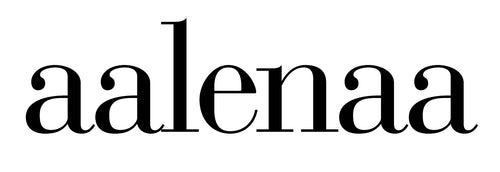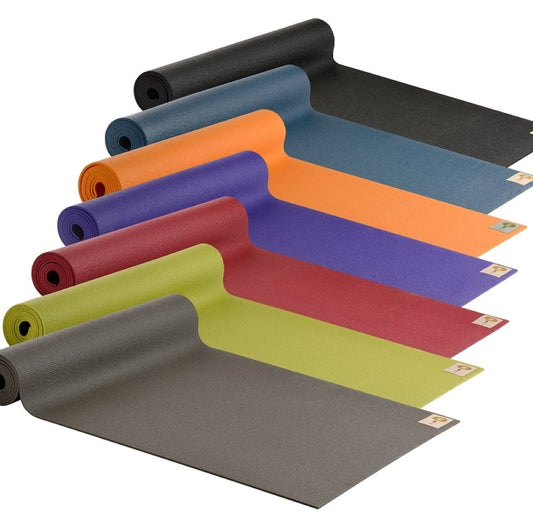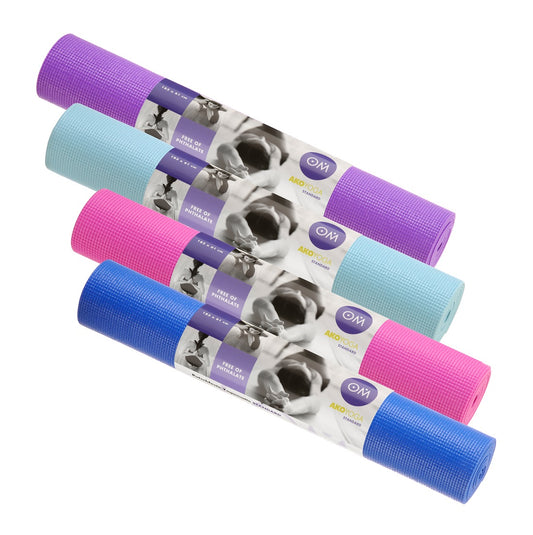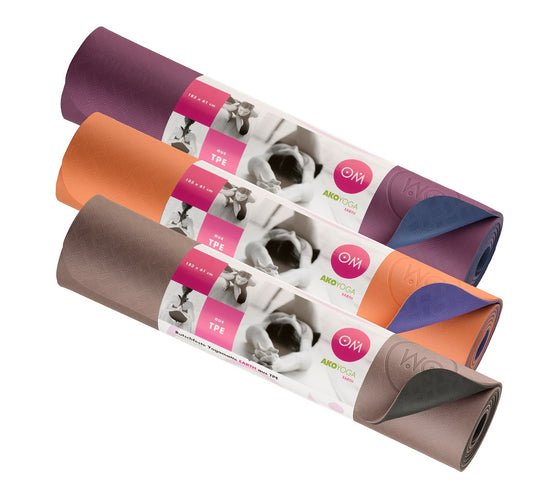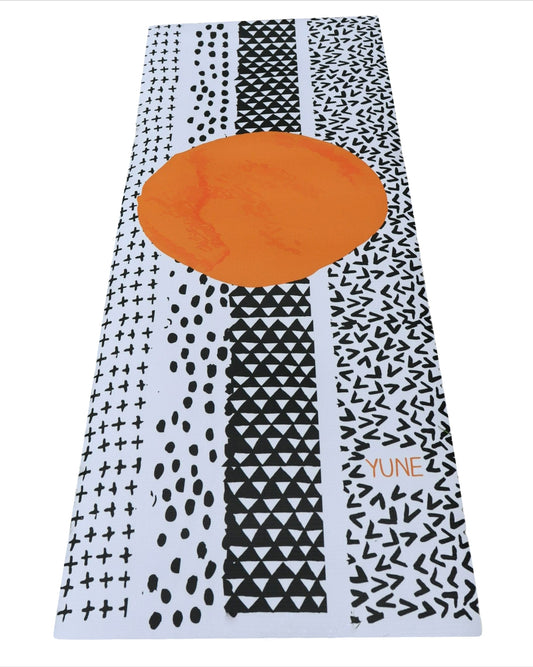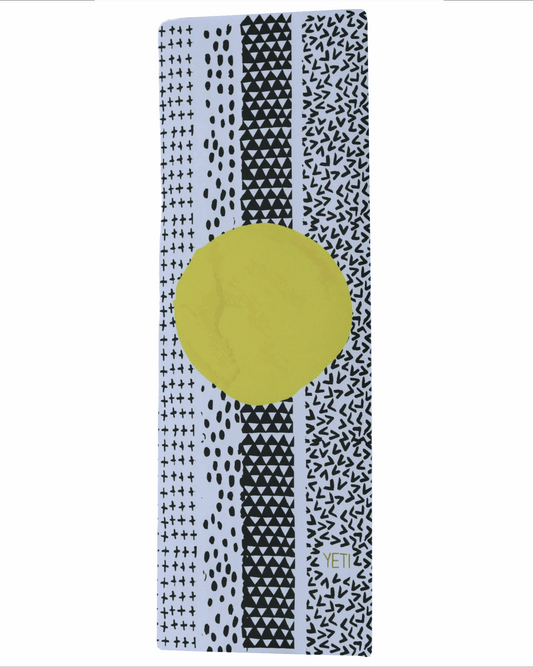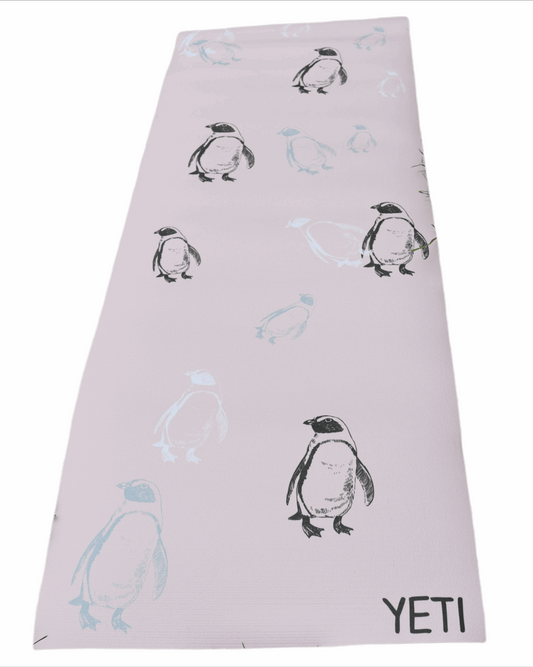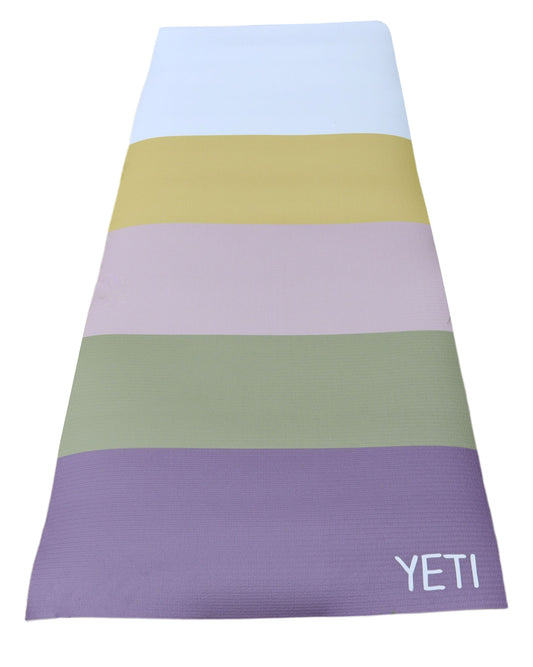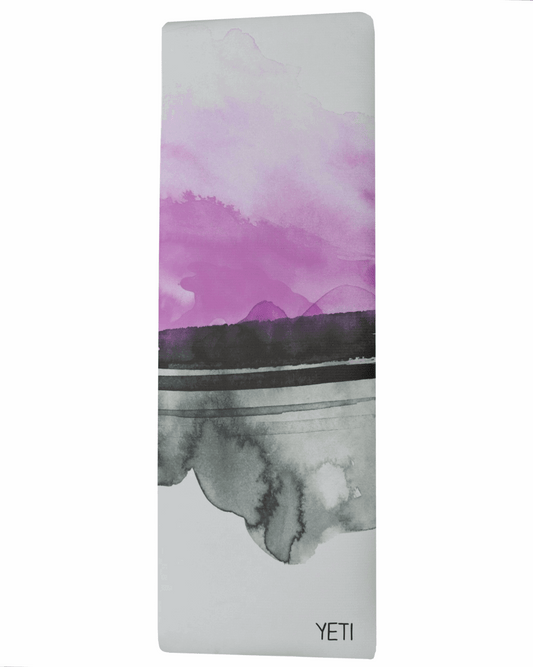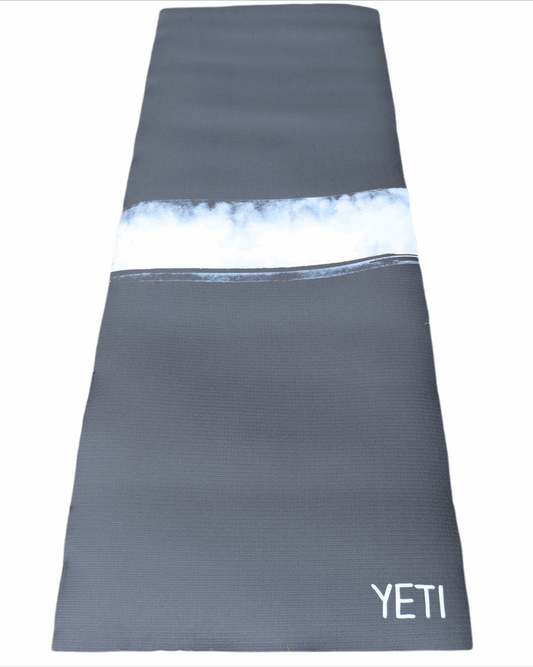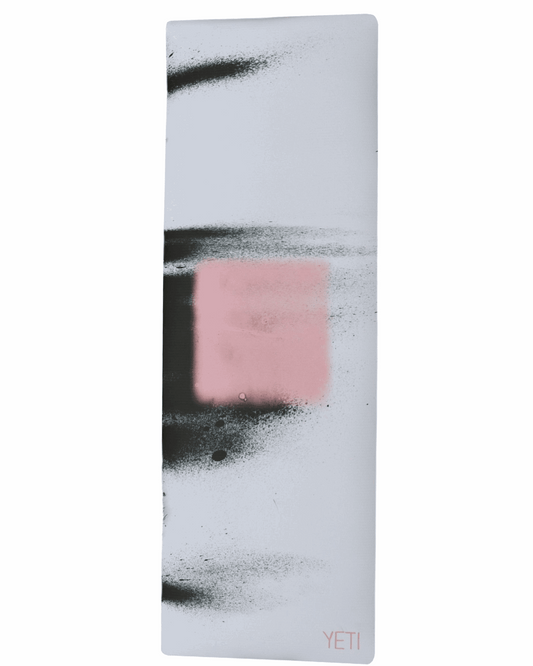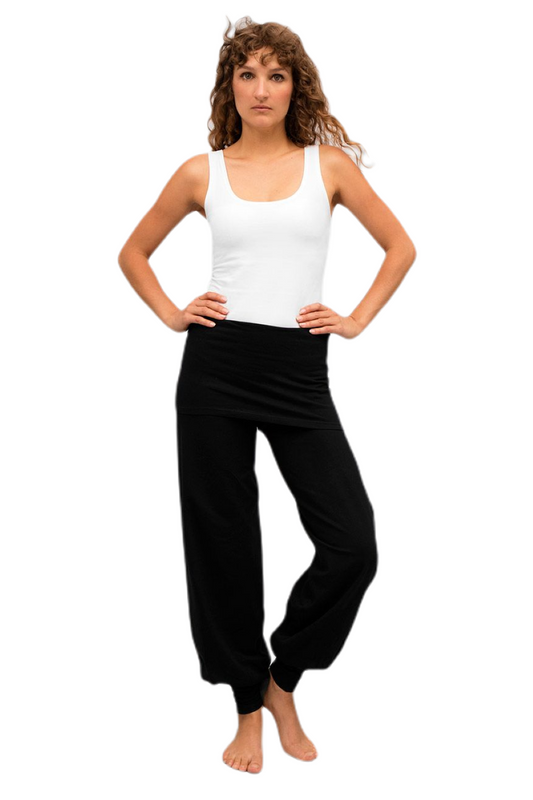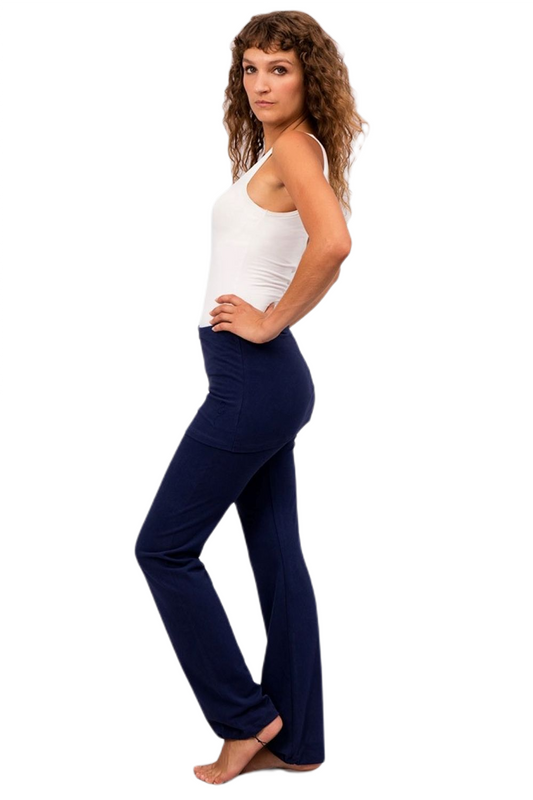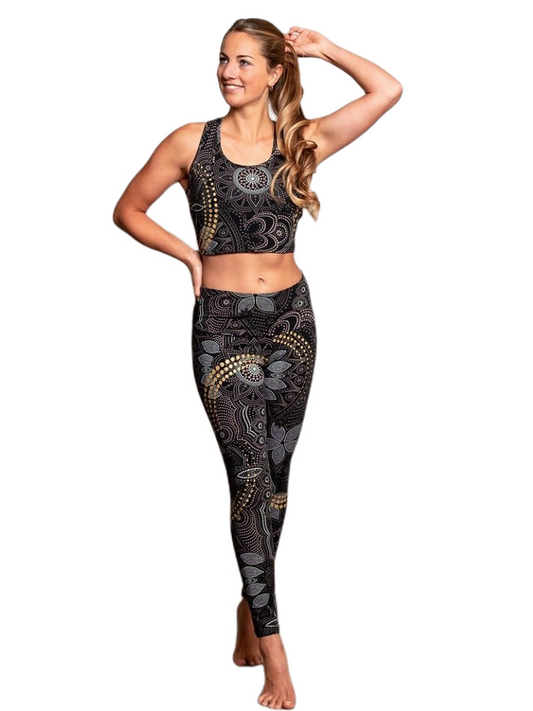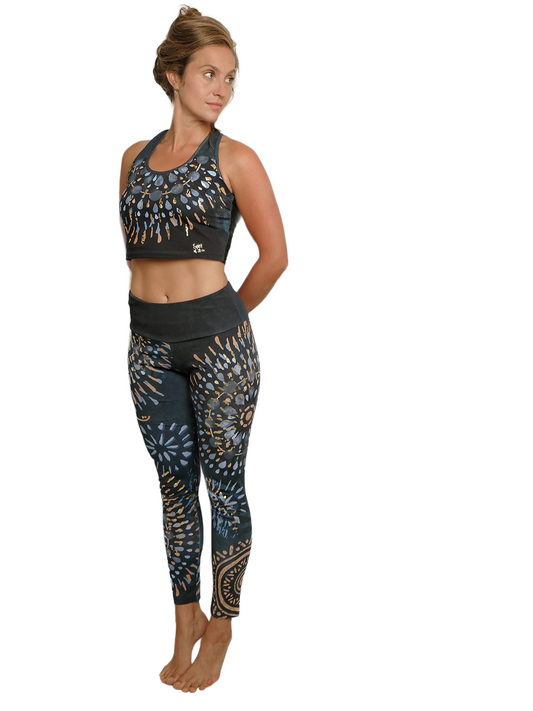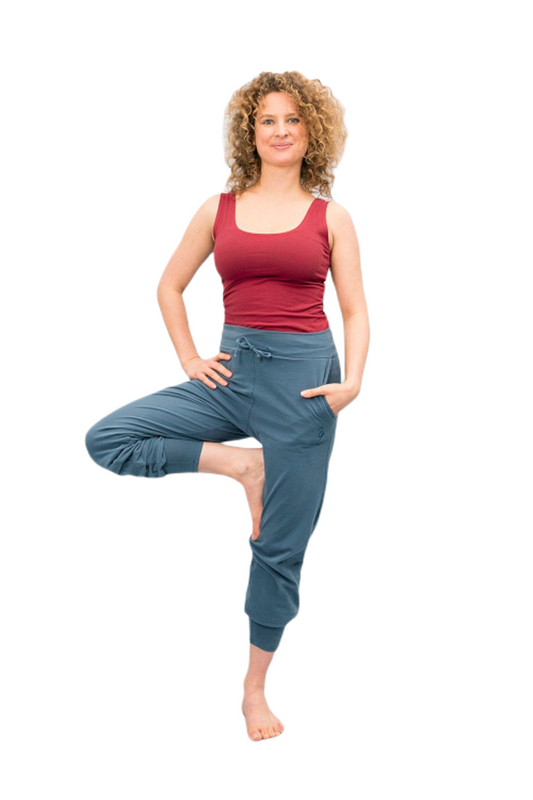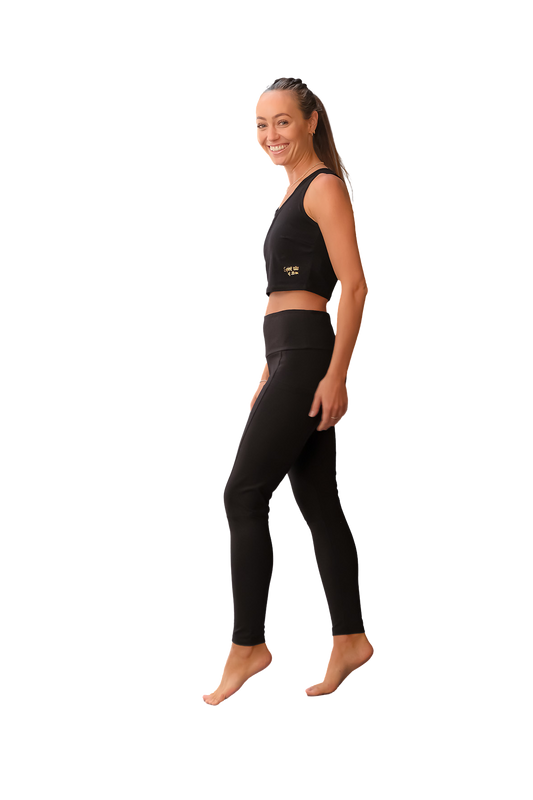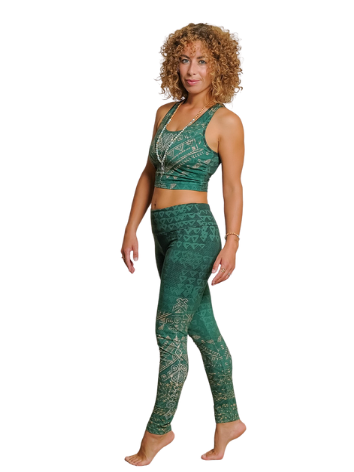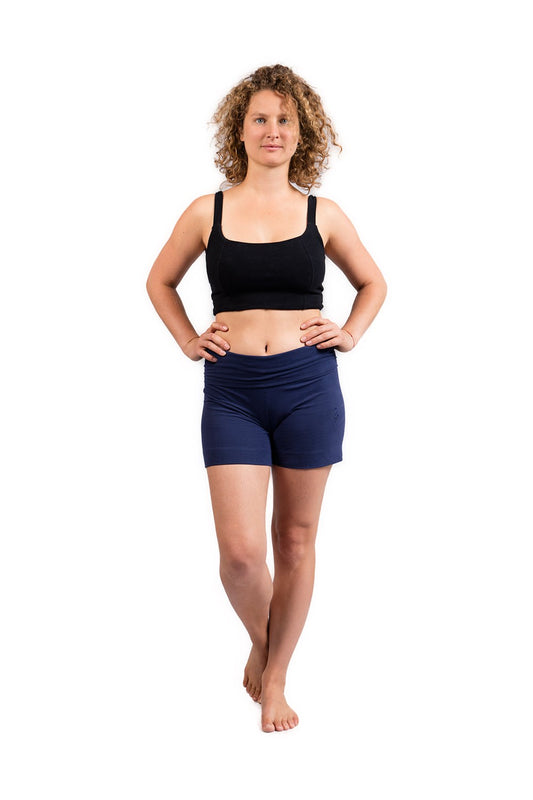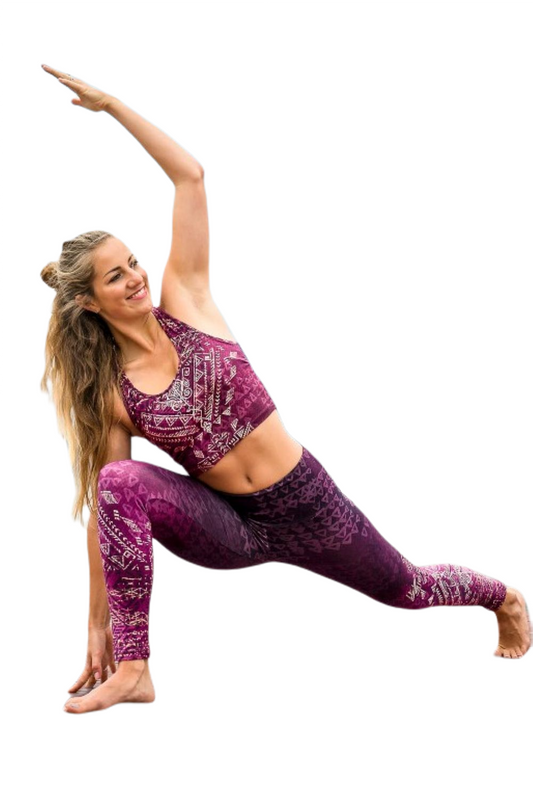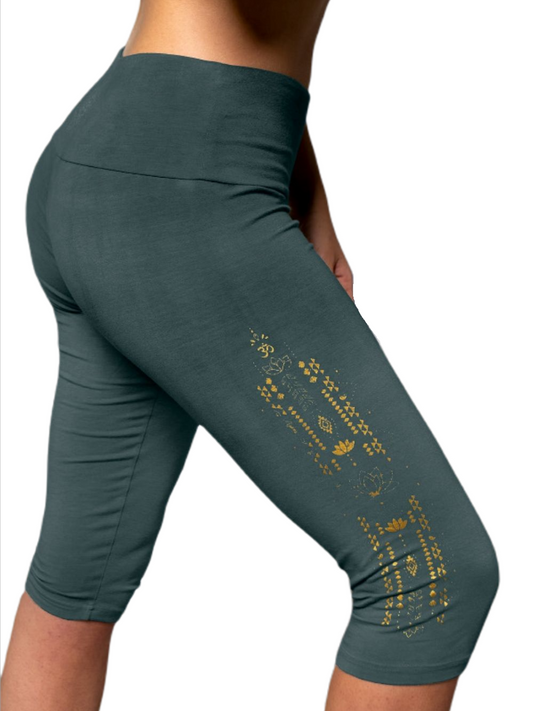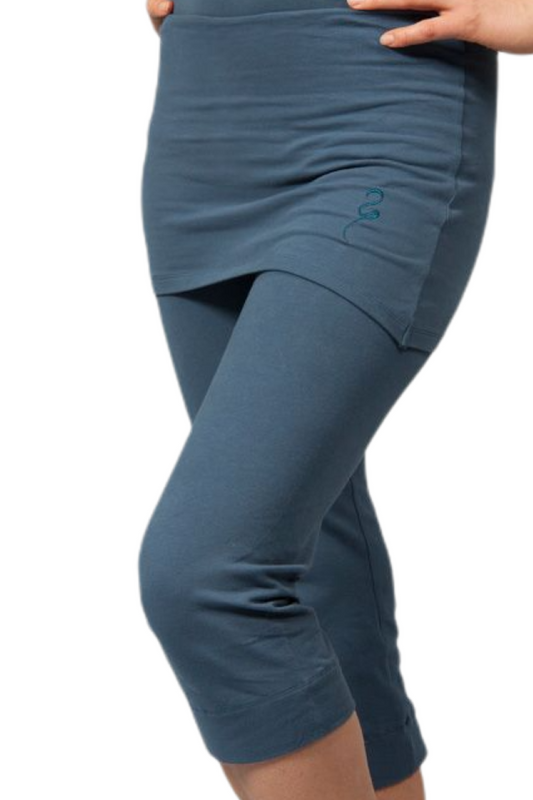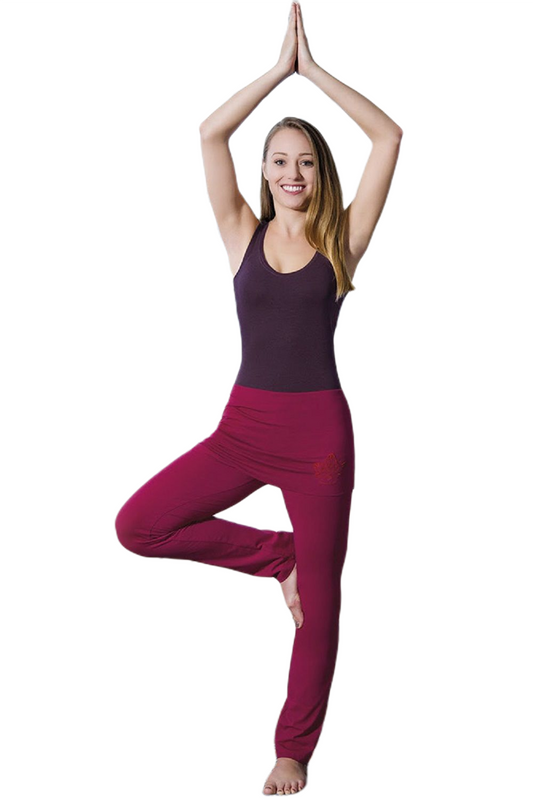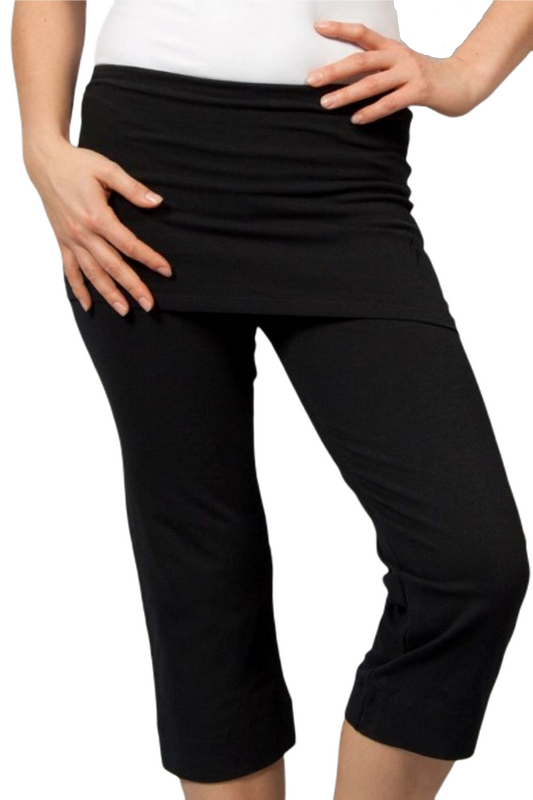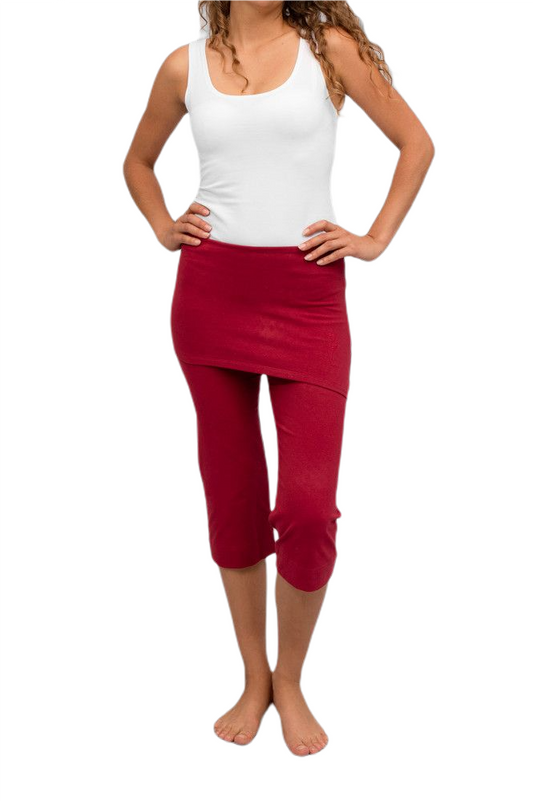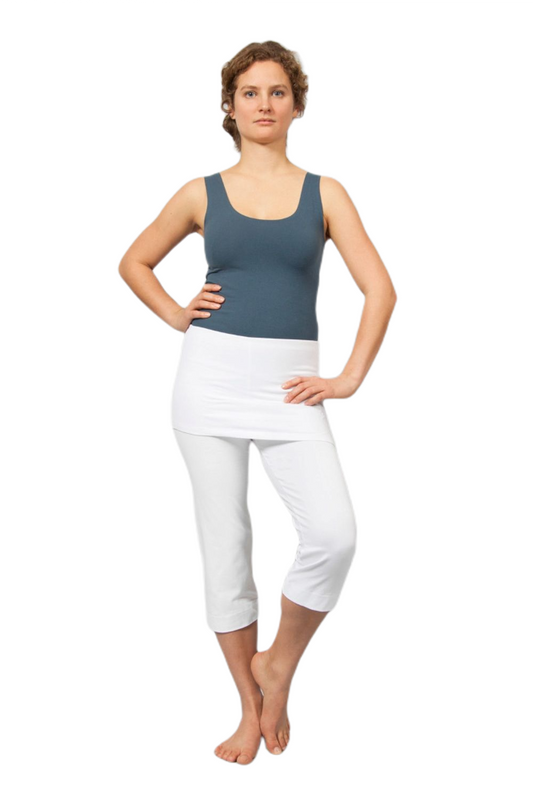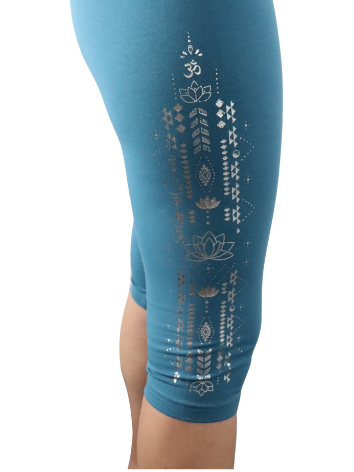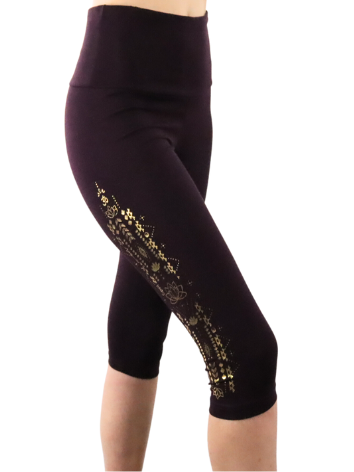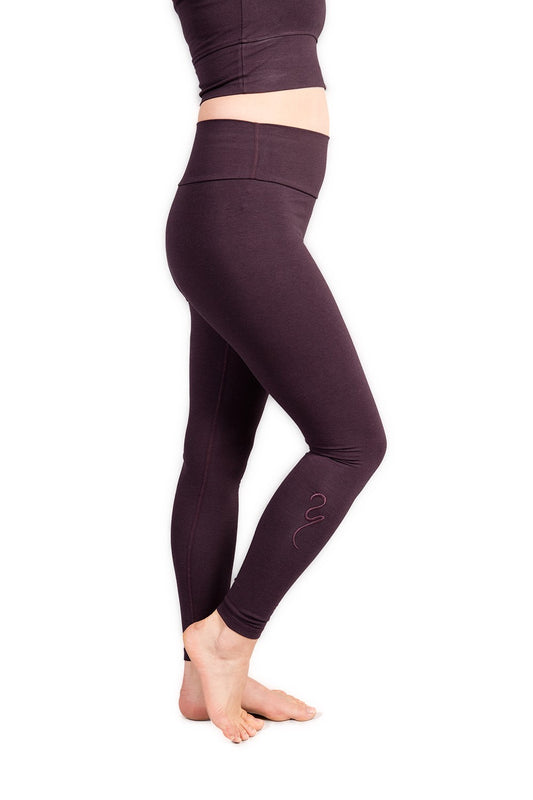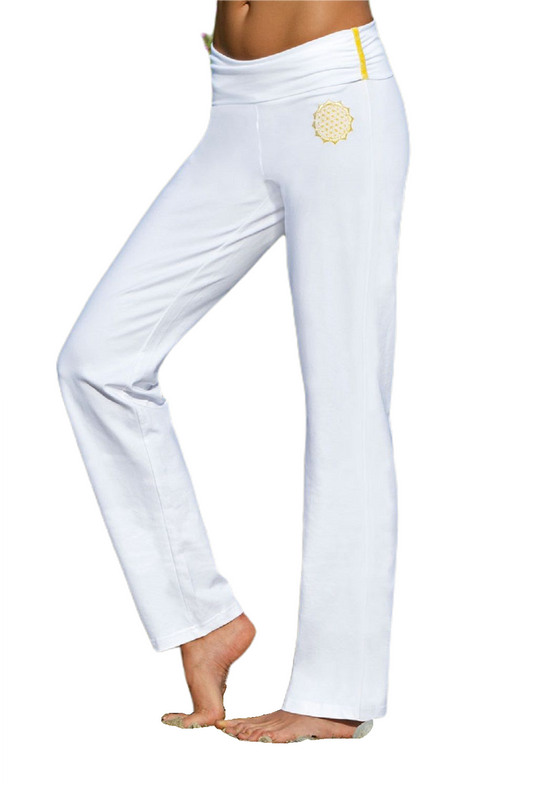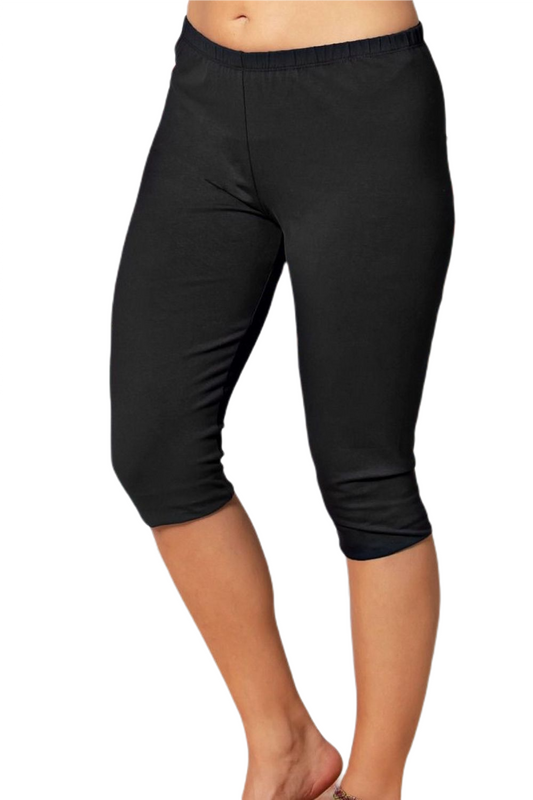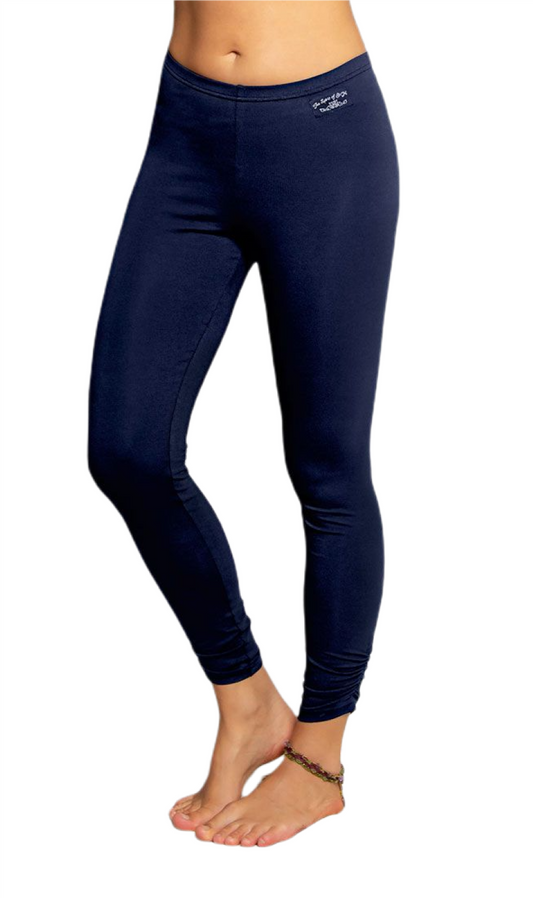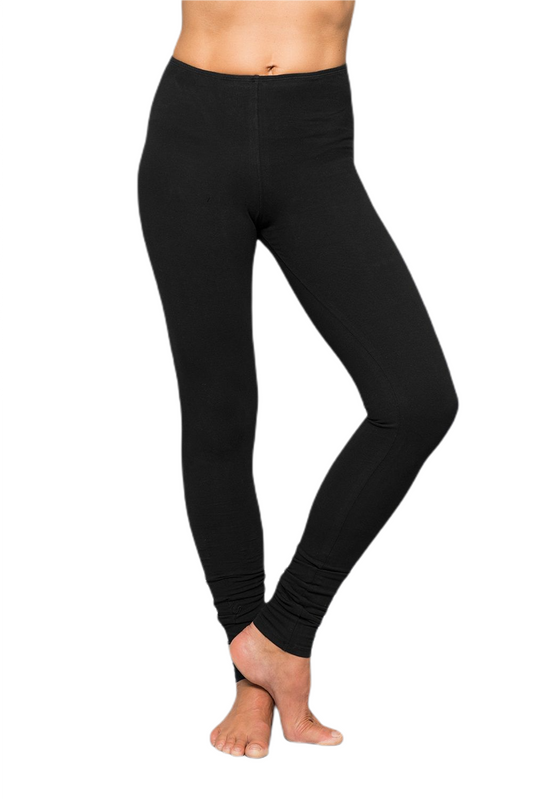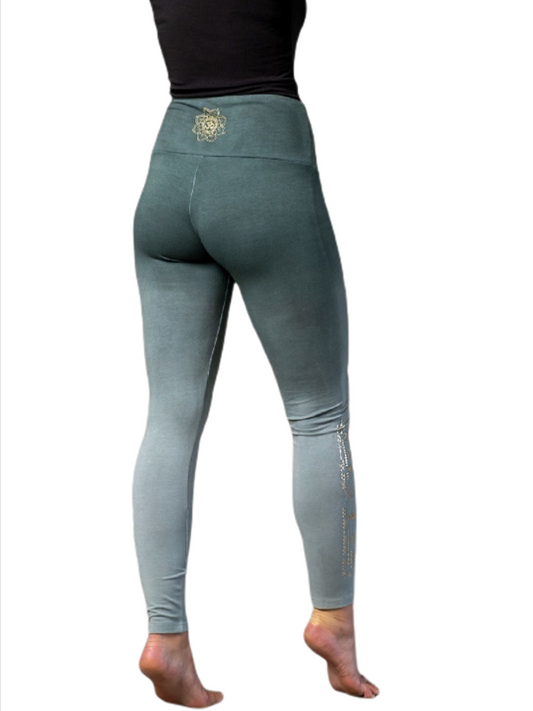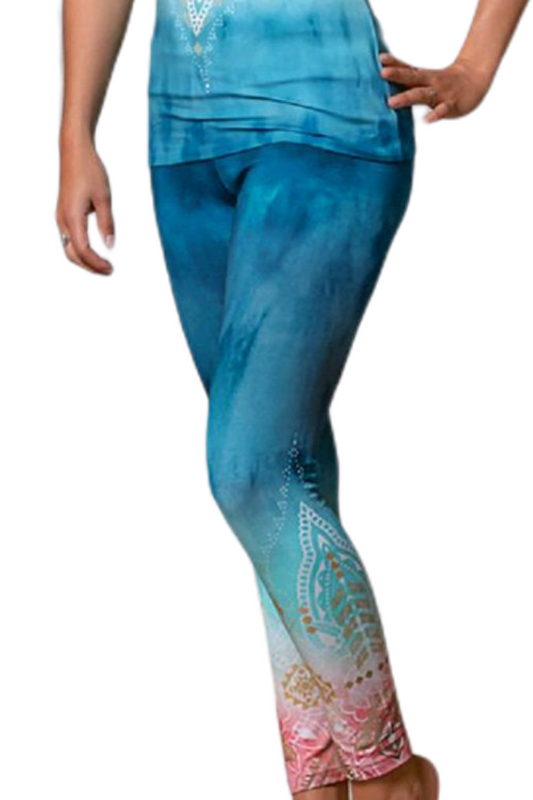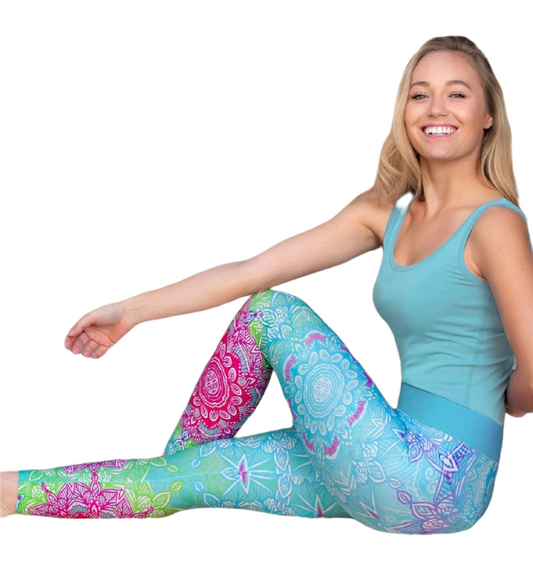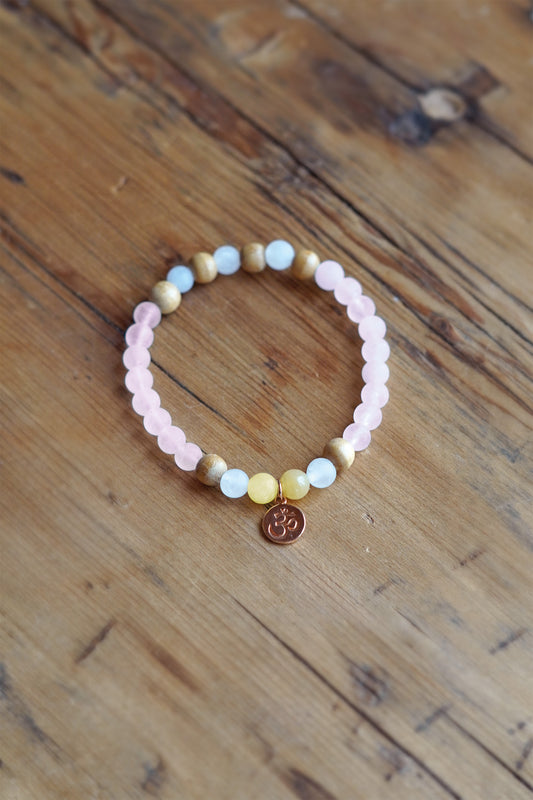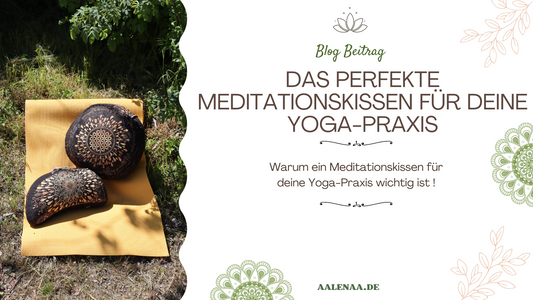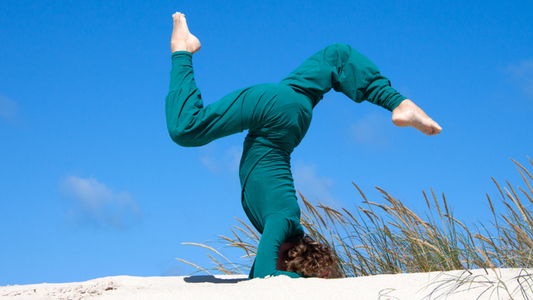What types of yoga mats are there?
virgin wool
What is virgin wool?
New wool is 100% natural and comes from living sheep once a year, making it a naturally renewable raw material and biodegradable. New wool is climate-regulating, which means it cools in summer and warms in winter. The yoga mat made of new wool absorbs moisture well without feeling damp, is hard-wearing, and bacteria and dirt-repellent. New wool is easy on the joints thanks to its soft padding. However, this yoga mat is relatively heavy and voluminous, less non-slip and offers little grip for the hands.
For which yoga style is the new wool yoga mat suitable?
It is very well suited for calm yoga styles, which are mainly practiced lying down and sitting. The new wool yoga mat is suitable for Kundalini, Yin Yoga, Kriya Yoga, Bhakti Yoga and Jnana Yoga. The soft new wool mat is also very good for meditation, as a seat pad at seminars or during yoga therapy treatments.
Plastics- Vinyl
What should be considered with yoga mats made of plastic?
Most yoga and exercise mats are made of PVC or vinyl. This is where the selection and range is the greatest. From inexpensive to high-quality and demanding, from soft or with a lot of grip. Here you should definitely look for the “Öko-Tex Standard 100” seal of approval. Dyes that are harmful to health, cause cancer and cause allergies, phthalates, formaldehyde, pesticides and heavy metals are thus excluded. Yoga mats that emit gases and contain harmful plasticizers and AZO dyes do not receive the "Öko Tex Standard 100" seal of approval. This important certification gives you the security that your skin is not exposed to harmful substances during the exercises.
What style is a vinyl yoga mat suitable for?
Depending on the grip, the vinyl yoga mat is suitable for sweaty yoga styles such as Ashtanga Yoga, dynamic Hatha Yoga, Bikram Yoga, Iyengar Yoga, Power Yoga, Jivamukti Yoga. The vinyl yoga mat is easy to clean and maintain.
The surface is decisive for comfort, this is responsible for whether it gives you the necessary support. The decisive factor here is the quality, the slip resistance and the feeling of well-being on the mat. The grip of the yoga mat should get you into a handstand or stand stable in downward-facing dog. The range of mats on offer is very large.
natural materials
There are yoga mats made of jute, cork or cotton. These are excellent at absorbing moisture. They are easy to transport. They are light. Yoga mats made of organic cotton, hemp or jute can be washed. These yoga mats are very suitable as travel mats. The surface of jute mats often feels rough. Yoga mats made from natural materials have less grip and no cushioning.
For which style is a yoga mat made of natural materials suitable?
In classic Ashtanga Yoga and Hatha Yoga, you practice on a jute yoga mat. Here you should try for yourself which mat you prefer.

Which criteria are important when buying a yoga mat?
- quality and price
Here you can buy yoga mats from cheap (less than EUR 20.00) to professional mats (over EUR 200.00). The differences are noticeable in durability, cushioning, grip and the materials used. At the beginning you can start with a beginner model to try it out first. Here the mat should definitely have the Oeko-Tex Standard 100 certificate.
Beginner mats are available from EUR 15.00 to EUR 35.00. These are mostly made of PVC.
In the price range from EUR 35.00 to EUR 70.00 there is the widest and most varied range. You will also find special mats in terms of grip and cushioning. The durability and density of such a yoga mat is much better.
Professional mats start at EUR 80.00 to 200.00 and are suitable for both studios and at home. These have special properties such as slip resistance, grip and cushioning. If you have found your yoga style and practice regularly, then you should definitely buy such a yoga mat.
- slip resistance
Once you've tested different mats, whether in the studio or at home, you'll quickly notice the difference in Downward Dog. Sweat also makes a mat slippery and unhygienic. Here you should clean your yoga mat from time to time.
- cushioning and comfort
If you do a headstand on your mat as a yogi or yogini or combine your asanas with jumps, you will notice how valuable and important the density and cushioning of your yoga mat is for your knees, hips, spine or ankles.
- Weight
A yoga mat can be used as a travel mat with little padding, which weighs up to 1 kg and can be easily transported on the bike. Mats with good cushioning weigh up to 2 kg. You can buy these to take home. Professional mats then weigh up to 3 kg and should then be given a permanent place. These are suitable for transport. rather less, as these are usually thicker and made of denser materials.

If you want to see a collection of yoga mats from the shop, then click here.
